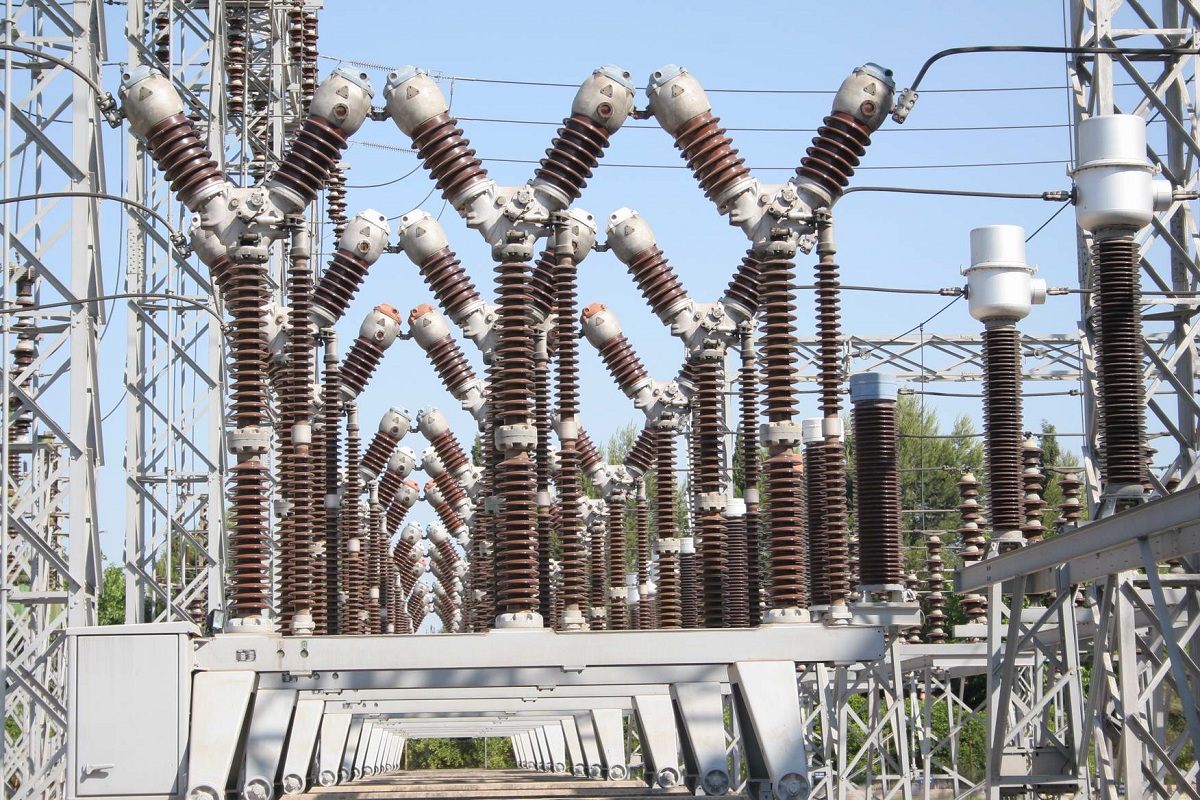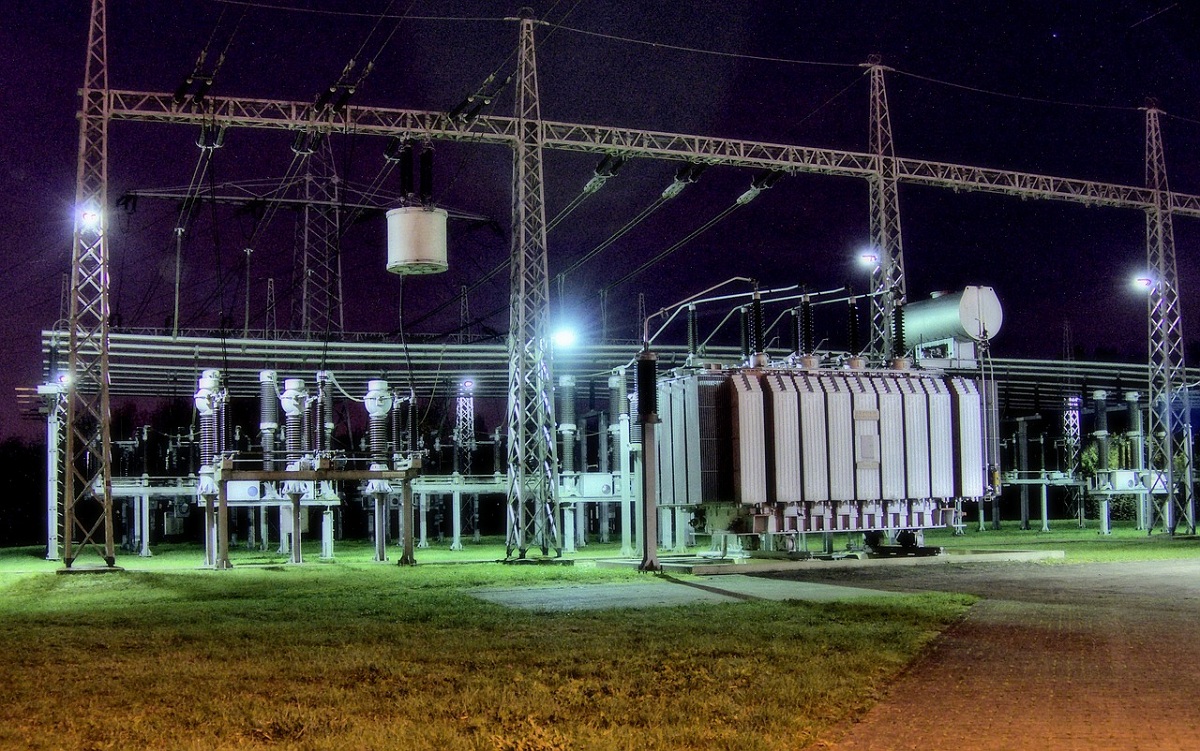
Una electrical substation is an electrical device or group of equipment that is part of an electrical system. Its main function is the generation, conversion, regulation and distribution of electrical energy. The substations must modify and establish the voltage levels of the electrical infrastructure so that the electrical energy can be transmitted and distributed.
In this article we are going to tell you everything you need to know about electrical substations, their characteristics and importance.
Types of electrical substations

An electrical substation is an installation responsible for transforming the voltage, frequency, number of phases or connections of two or more circuits. They are located near power plants, on the periphery of consumption areas, or inside and outside buildings. Substations in cities are often located inside buildings to save space and reduce pollution. In contrast, outdoor facilities are located on the outskirts of urban centers. There are several types of electrical substations:
- Transformation substations. They convert the voltage of electrical energy through one or more transformers. They can be step-up or step-down.
- Switching substation. They connect two or more circuits and work. In this type of substation the voltage is not converted.
- Step-up transformers: This type of substation steps up the generated voltage to a higher level to convert it.
- Step-down transformers: Finally, unlike step-up substations, step-down transformers reduce high voltages to moderate levels for distribution.
Step-up and step-down electrical substations

Elevators increase the generated voltage from medium to high or very high in order to transmit it. They're out in the open, next to the power plant. The primary voltage of the transformer is usually between 3 and 36 kV. The secondary voltage of the transformer is determined by the voltage of the transmission line or interconnection line (66, 110, 220 or 380 kV).
On the other hand, reducers are substations that have the function of reducing high or extra high voltage to medium voltage for later distribution. The transformer primary voltage depends on the transmission line voltage (66, 110, 220 or 380 kV). The transformer secondary voltage depends on the distribution line voltage (between 6 and 30kV).
Types of faults

The most common faults in the circuits are:
Short circuit: It is a voluntary or accidental connection where there is a potential difference between two points in a circuit. These faults must be cleared within 5 seconds.
The protection systems used are:
- Isolation switch.
- Solenoid switch.
Overcurrent: It is a force greater than the nominal, which can produce overload or short circuit over time. Overload is understood as an increase in current above the rated current.
The protection systems used are:
- fuse
- Electromagnetic and magnetocaloric switches.
Direct contact: is the contact between the person and the moving parts of the device. The protection systems used are:
- Isolate the active parts of the installation.
- Ensuring a safe distance through obstacles.
indirect contact: human contact with an unexpectedly charged mass, as is often the case with motor casings. The most widely used indirect contact protection is the one that combines a differential switch with a grounding body.
Interferences:
- overvoltage: Voltage higher than the maximum value that can exist between two points of an electrical installation. To prevent surges, surge protection relays are used.
- undervoltage: The voltage is lower than the rated operating voltage of the circuit. To prevent undervoltages, an undervoltage protection relay is installed.
Protection systems
It is necessary to provide the different electrical installations with protection systems such as:
fuse cutouts
They are devices used to automatically cut circuits when the current passing through them is very high. A fuse is a part of a circuit that will melt if it exceeds its manufactured strength. A fuse is just a conductive sheet or wire used to melt and thus break a circuit, while a fuse also includes a casing, backing material, etc.
thermal relay
A protection device with the ability to detect an inadmissible current flow. By itself, you can not remove the fault, you need another element to disconnect the sink. Signal lights are generally used when closing the circuit to indicate that the thermal relay has tripped due to an impermissible overcurrent.
Automatic switch
Electromechanical equipment capable of cutting non-permitted overcurrents and possible short circuits by itself.
- open short circuit: It works according to the principle of magnetic operation. The magnetic coil generates a force through the system of levers responsible for opening the moving contacts (current input). If the current through the circuit breaker exceeds the rated strength several times, the circuit breaker will open in less than 5 milliseconds.
- Overload trip: In this case, it works on the principle of thermal operation. The bimetal flexes when it goes through an inadmissible overcurrent and creates a force transmitted through the lever and breaks the moving contact. The action time is determined by the intensity it goes through: the higher the intensity, the less time the action lasts.
Diferential switch
Protection devices to detect and eliminate insulation defects. This device is very important in electrical installations, It is necessary to avoid overcurrents and short circuits., place a magneto-thermal switch in front.
During normal operation of this equipment, the current entering the receiver has the same value as the current leaving the receiver. However, in case of insulation failure, there will be an imbalance between the input and output currents; the current change will not be zero. When the differential switch detects that this current change is not zero, it acts by opening the circuit.
isolating switch
Mechanical connection and disconnection device that allows to change the connections of an electrical circuit to isolate an element or part of an electrical network from the rest of the network. Before using the isolating switch, the current in the circuit must be cut off.
I hope that with this information you can learn more about electrical substations and their characteristics.